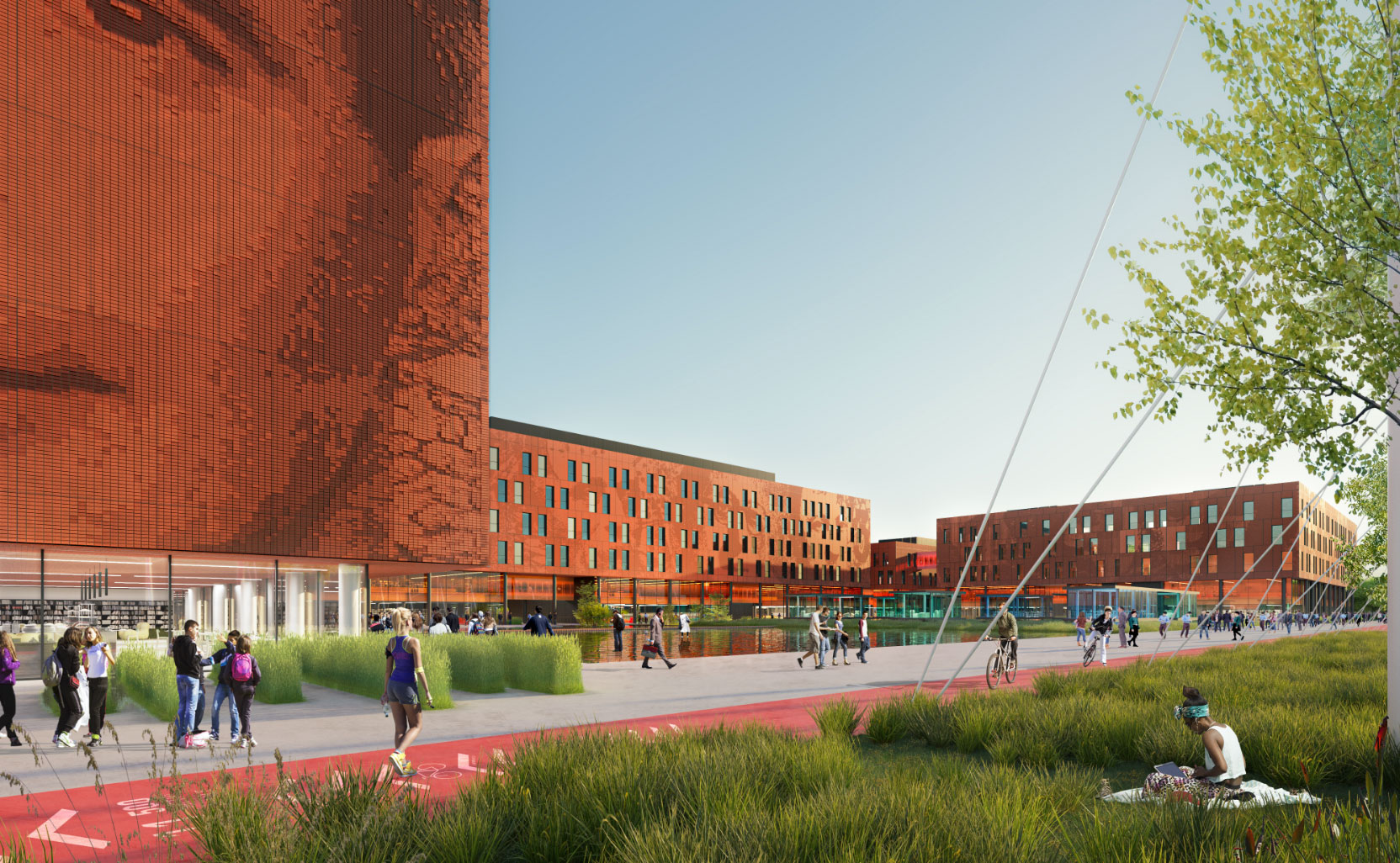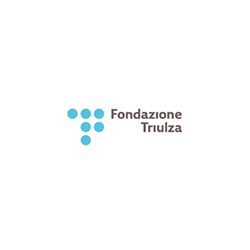The Campus of Statale in MIND will cover a total of over 190,000 square metres and will accommodate more than 23,000 people including faculty, researchers and students.
Concentrating the multidisciplinary scientific expertise of the University on a single Campus in MIND, equipped with state-of-the-art research and technological infrastructures, will enhance synergies between different disciplines. It will also favour interacting with a strongly innovation-oriented ecosystem in contact with the IRCCS Istituto Ortopedico Galeazzi in Milan, the Human Technopole laboratories, and a network of companies structuring themselves to maximise collaboration with research facilities on prominent innovation projects.
The new university campus will open in the heart of the MIND district, at the intersection of Cardo and Decumanus. The architectural concept designed by CRA-Carlo Ratti Associati reinterprets the traditional courtyard layout of Italian and European universities, imagining a “Campus 2.0” as a space open to experimentation and contamination of scientific knowledge.
Concentrating scientific expertise. Interacting with institutions and companies. A contemporary campus as a place of exchange, reinterpreting the university tradition of the architecture of courtyards
Il 31 ottobre 2015 chiudeva a Milano l’Esposizione Universale. Per sei mesi Milano era stata il luogo di una straordinario evento che su una superficie di oltre un milione di metri quadri, con il coinvolgimento di più di 140 Paesi e organizzazioni internazionali aveva accolto milioni di persone da ogni parte del mondo attorno al tema “Nutrire il Pianeta, Energia per la Vita”. Questo enorme patrimonio di valori, collaborazione, energia, consenso, ma anche di sostenibilità e rispetto della salute umana e degli equilibri del pianeta, doveva diventare l’eredità di quel luogo e del suo nuovo orizzonte.
La scelta è stata quella di trasformare l’area in un nuovo polo della ricerca, del sapere e dell’innovazione all’interno di un grande parco urbano, un quartiere che vedrà una comunità di scienziati, medici, studenti e nuovi abitanti. Al centro di questo distretto nasce Human Technopole, il nuovo istituto di ricerca delle scienze della vita.


